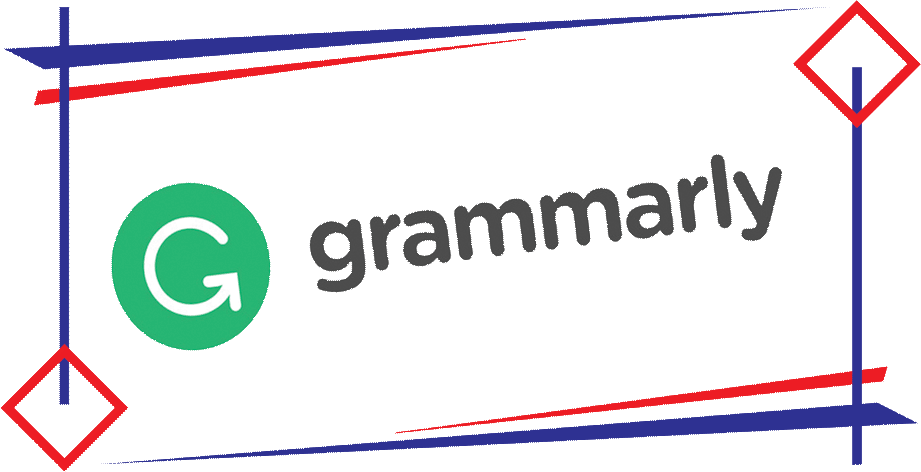Performance Comparison of Rule Generation Method Substractive Clustering and Fuzzy C-Means Clustering on Sugeno's Inference for Stroke Risk Detection
Abstract
solve the problem of uncertainty in a decision-making
or classification well. In inference, fuzzy rules that
represent the need of expert knowledge in the relevant
fields, so that the classification given decision or be
appropriate expert knowledge. However there are times
when experts are less able to represent the rules of the
appropriate knowledge or knowledge that there is need
of too many rules, so we need a method that can
generate rules based on the data given expert.
At issue troke s disease risk detection, it also occurs
because of the research that has been done by taking the
direct rule of experts, it turns out less than the maximum
accuracy, still 82.89%. Substractive methods
Clustering and Fuzzy C-Means (FCM) could generate
rules by grouping algorithm, in which the existing
training data are grouped in common and the rules of
the group raised. Differences in the two methods are in
determining the center of the cluster and assign each
incoming data which groups.
Based on research that has been done, substractive
average Clustering membrika better accuracy is
84.46%, while 73.81% FCM. However, in the
processing time FCM faster at 16.75 seconds to give an
average processing time of 13:02 seconds.
Keywords
Full Text:
PDFReferences
. Abas, FS, K. Martinez. 2003. " Classification of Painting Cracks for Content-Based Analysis " . ECS, Soton
. Arapoglou, Roi, Kostas Kolomvatsos and Stathes Hadjiefthymiades. 2010. " Buyer Agent Decision Process Based on Fuzzy Rules Automatic Generation Methods " .
. Chiu, Stephen I. " An Efficient Method for Extracting FuzzyClassification Rules from High-Dimensional Data
. Jang, JSR, Sun, CT, Mizutani , E . 1997. " Neuro-Fuzzy and Soft Computing " . Prentice-Hall International, New Jersey.
. Kusumadewi, S and Purnomo, H. 2010. " Application of Fuzzy Logic for Decision Support " . Yogyakarta .: Graha Science.
. Kusrini. 2008. Application of Expert System menentuan User Certainty Factor with Quantitative Methods Questions, Andi, Yogyakarta.
. Sayekti, Ely Ratna. 201 4. " Implementation Algorithm Fuzzy C-Means Clustering for Fuzzy Rule Generation At Risk Level Grouping Breast Cancer " . Brawijaya University. Malang .
. Sholeh, Ahmad Fashel. 2012. " Application of Decision Support for Early Detection of Disease Risk Stroke Using Logic Fuzzy Mamdani: Case Studies from RS XYZ " . Essay. Higher Institute of Ten November .Surabaya.
. Widiyanto, Agung Putra. 2013. " Implementation of Subtractive Clustering Algorithm for Fuzzy Rule Generation In Recommendation Scholarship " . Brawijaya University, Malang.
. Yastroki. 2011. " Overview of Stroke " . Specialist Doctors Association of Indonesian Neurosurgery and Stroke Foundation of Indonesia
DOI: https://doi.org/10.18860/mat.v9i2.4587
Refbacks
- There are currently no refbacks.
Copyright (c) 2017 Rekyan Regasari Mardi Putri, Edy Santoso

This work is licensed under a Creative Commons Attribution-NonCommercial-ShareAlike 4.0 International License.
The journal is indexed by :
_______________________________________________________________________________________________________________
Editorial Office:
Informatics Engineering Department
Faculty of Science and Technology
Universitas Islam Negeri Maulana Malik Ibrahim Malang
Jalan Gajayana 50 Malang, Jawa Timur, Indonesia 65144
Email: matics@uin-malang.ac.id
_______________________________________________________________________________________________________________

This work is licensed under a CC-BY-NC-SA 4.0.
© All rights reserved 2015. MATICS , ISSN : 1978-161X | e-ISSN : 2477-2550



